
Toyota has carried out a full model change of the 6th generation “RAV4”, which is expected to be released around October 2025. This information was obtained from a CG image of the 6th generation created by the overseas car media outlet KOLESA RU. Past generations of RAV4 have typically undergone a full model change every six years, and considering this trend, it is highly likely that the sixth generation will undergo its next full model change around October 2025. This time, we have summarized the specifications expected for this new model.
ADVERTISEMENT
ADVERTISEMENT
About the new RAV4 full model change
Like the fifth-generation RAV4, it incorporates an outdoor-oriented design while adopting a more sophisticated appearance. The interior will also evolve further, incorporating the latest technology. Specifically, it features a 12.3-inch fully digital LCD meter, a 12.3-inch display, and an electric parking brake and hold . In addition, the fifth generation model continues to use the improved TNGA (Toyota New Global Architecture) TNGA-K platform , which improves body rigidity and ride comfort. The 5th generation hybrid system has also evolved to include the highly efficient THS II . Additionally, the next-generation Toyota Safety Sense system will be able to detect bicycles during the day and pedestrians at night .
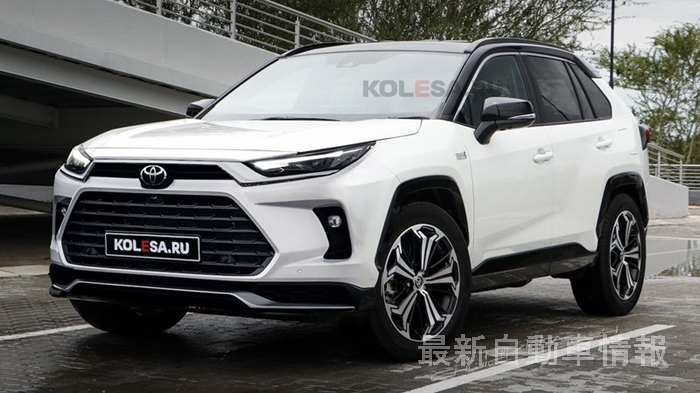
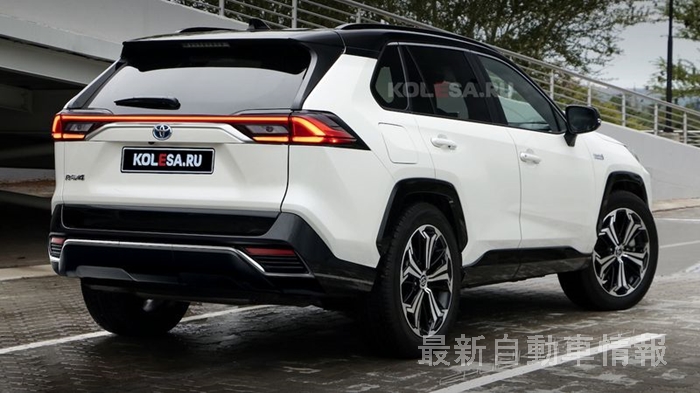
New RAV4 expected CG
ADVERTISEMENT
ADVERTISEMENT
About the new RAV4 full model change next generation Toyota Safety Sense
The next generation Toyota Safety Sense will be standard on all models. This system includes “Pre-crash Safety” that can detect bicycles during the day and pedestrians at night, and “Lane Tracing” that supports steering operations to keep you in your lane when “Radar Cruise Control” is activated. Equipped with “Assist (LTA)”.
The latest “Collision Avoidance Support Type Pre-Crash Safety” has achieved further functional enhancements. This includes detection at intersections, acceleration suppression functions at low speeds, and steering avoidance support functions in emergencies. Equipped with a pedestrian detection function, this system uses millimeter-wave radar and cameras to detect vehicles and pedestrians in front of the vehicle, and uses warnings, brake assist, and automatic braking to assist in collision avoidance and reduce damage. Automatic braking operates in the speed range of 10 to 80 km/h for pedestrians, and provides appropriate deceleration depending on the speed difference. It also operates in a wide range of speeds, from 10 km/h to the maximum speed, and can decelerate stopped vehicles at high speeds. Furthermore, functions such as “low-speed acceleration suppression function,” “detection of oncoming vehicles or pedestrians when turning right at an intersection,” and “emergency steering avoidance support function” have been added.
- At low speeds, the low speed acceleration suppression function detects pedestrians, cyclists, and vehicles directly in front of the vehicle and suppresses acceleration.
- It can also detect oncoming vehicles when turning right at an intersection, as well as pedestrians crossing from the opposite direction when turning left or right.
- An emergency steering avoidance support function that assists steering in response to the driver’s avoidance steering during an emergency.
Road Sign Assist (RSA) has expanded the range of detection targets, and also reads major traffic signs on the side of the road, such as “Speed Limit,” “Stop,” “No Entry,” and “No Extending,” and displays them on the instrument panel.
A Lane Departure Alert (LDA) camera recognizes white and yellow lines in the driving lane, and if a possibility of lane departure is detected, a buzzer and display alert the driver to avoid collisions caused by lane departure. support.
Leading vehicle departure notification function If you stop following a vehicle in front while waiting at a traffic light or in traffic jams, and remain there without noticing that the vehicle in front has started, you will be notified with a buzzer and a display.
An automatic high beam (AHB) camera detects the headlights of an oncoming vehicle or the taillights of a vehicle in front, and automatically switches between high and low beams to reduce dazzling to drivers of other vehicles and ensure forward visibility at night. support.
Radar cruise control Radar cruise control uses millimeter-wave radar to detect the distance between the vehicle in front and the vehicle in front, and adjusts the speed to match the speed of the vehicle in front within a set vehicle speed, allowing the vehicle to follow the vehicle while maintaining a constant distance. Adopted. Lane changes by the vehicle in front are detected using millimeter wave radar and cameras, achieving smoother acceleration and deceleration control. Aiming for “zero traffic fatalities and injuries,” which is the ultimate wish of a mobility society, Toyota researches and develops various safety equipment and systems based on the “Integrated Safety Concept” and is committed to “developing safer vehicles and technologies.” At the same time, we are strengthening a wide range of initiatives for traffic safety through “participation in improving the traffic environment” and “traffic safety awareness activities for people.”
Lane Tracing Assist (LTA) Lexus Lane Tracing Assist [LTA] installed in the new LS series is adopted for the first time in the next generation Toyota Safety Sense P. When driving on a highway or expressway, turning on the Lane Tracing Assist (LTA) switch when the radar cruise control is activated will provide steering support necessary to maintain lane.
ADVERTISEMENT
ADVERTISEMENT
advanced safety
Intelligent Clearance Sonar (Stationary Parking Support Brake) A system that helps reduce damage by mitigating collisions caused by pressing the accelerator incorrectly or pressing too hard. A function has been added to the Clearance Sonar, which uses a display and a buzzer to alert you when you are approaching a stationary object when driving in a garage, etc., to reduce the risk of contact with a stationary object. Sonar also detects windows such as convenience stores. When driving at low speeds (15 km/h or less), if a stationary object is detected in the direction of travel, the hybrid system output is suppressed and the brakes are automatically applied when the distance further decreases.
Emergency brake signal (hazard lamp flashing type) When you apply sudden brakes, the hazard lamp flashes automatically.
Lane Tracing Assist [LTA] system for responding to driver abnormalities. If the driver remains inactive during control, a sound, display, and slow deceleration warning will prompt the driver to take action, and a hazard and horn will alert the driver to abnormalities outside the vehicle. The vehicle decelerates and stops within the vehicle’s own lane while alerting the driver, helping to avoid accidents that cause harm to the vehicle or cause injury, and reduce accident damage.
Digital interior mirror Images from a camera attached to the rear of the vehicle are displayed on the rearview mirror.
Advanced Park Remote function allows you to back up to the target parking position confirmed on the screen or exit from parallel parking by using the screen display, voice and buzzer to guide you, and by controlling the steering wheel, shift position, accelerator and brakes. assist. Additionally, a dedicated smartphone app is available, allowing you to park remotely from outside the vehicle.
Panoramic View Monitor (360° Monitor) This allows you to see areas that are hard to reach, such as diagonally behind or directly to the side of the car, allowing you to quickly spot obstacles.
Blind Spot Monitor (BSM) Radar detects vehicles running in adjacent lanes. When the vehicle enters the blind spot area, an LED indicator mounted on the door mirror lights up.
Safe Exit Assist (SEA) When exiting the vehicle, the Blind Spot Monitor [BSM] sensor is used to detect approaching vehicles, including bicycles, from behind. If the system determines that there is a possibility of collision with the opened door or a passenger who has exited the vehicle, an indicator in the door mirror lights up to alert the driver.
Rear Cross Traffic Auto Brake Detects blind spots when reversing and alerts you. If there is a risk of collision, the system automatically applies brake control to help reduce damage from collisions with approaching vehicles.
Remote Start (App) A new optional service that allows you to start the engine and start the air conditioner from the MyTOYOTA app.
ADVERTISEMENT
ADVERTISEMENT
About the new RAV4 full model change hybrid engine
The 2025 RAV4 is powered by a 2.5L inline 4-cylinder engine, powered by two electric motors. In the front-wheel drive version, the combined maximum power reaches 225 hp (228 PS), while in the all-wheel drive version the combined maximum power reaches 232 hp (235 PS). In fact, the all-wheel drive RAV4 is nominally front-wheel drive, but AWD functionality is provided by a third rear-mounted electric motor that is activated when needed.
| spec | RAV4 hybrid |
|---|---|
| engine | In-line 4-cylinder 2.5L direct injection engine D-4S + motor (THSⅡ) |
| Maximum output | 131kW (178ps) / 5,700rpm |
| Maximum torque | 221Nm (22.5kgm) / 3,600-5,200rpm |
| Front motor maximum output |
88kw (120ps) |
| Front motor maximum torque |
202Nm (20.6kgm) |
| Rear motor maximum output |
40kW (54ps) |
| Rear motor maximum torque |
121Nm (12.3kgfm) |
| system output | E-Four:232hp (235PS) 2WD:225hp (228PS) |
transmission |
Electric continuously variable transmission |
| battery | Lithium Ion Battery |
| Drive system | 2WD/ 4WD(E-Four) |
| Riding capacity | Five people |
| WLTC mode fuel consumption |
-km/L |
| price | -circle |
ADVERTISEMENT
ADVERTISEMENT
History of RAV4
Considering past trends, the first and second generations underwent a full model change every six years. Full model changes were carried out at intervals of 5 years and 6 months from the 2nd generation to the 3rd generation, and at intervals of 7 years and 2 months from the 3rd to the 4th generation. The 5th generation also underwent a full model change every 6 years and 3 months. Considering this trend, it is highly likely that the next full model change will take place around May 2025, six years from now.
Released in May 1994.
Launched in May 1994. It was exhibited as RAV-FOUR at the 1989 Tokyo Motor Show, and after a prototype was unveiled four years later at the 1993 Tokyo Motor Show, it was announced in May 1994. Takuya Kimura of SMAP at the time was appointed as the commercial character. Minor changes were made in August 1996. Production ended in April 2000.
May 2000 Full model change.
Launched in May 2000. It made its overseas debut at the Geneva Motor Show 2000. It uses components from the Corolla series, which was fully remodeled three months later in August, but the floor panels are specially designed like the previous generation. Minor changes in August 2003. Production ended in October 2005.
November 2005 Full model change.
Launched in November 2005. This is the first commercially available car to use the “New MC Platform,” which is an evolution of Toyota’s “MC Platform.” The front emblem uses an “N” emblem instead of the conventional Toyota mark. This was gradually adopted in car models sold exclusively at Netz stores. Minor changes on September 1, 2008. Orders stopped and production ended in July 2016. Sales ended in August 2016. The RAV4 in Japan comes to an end after 22 years of history.
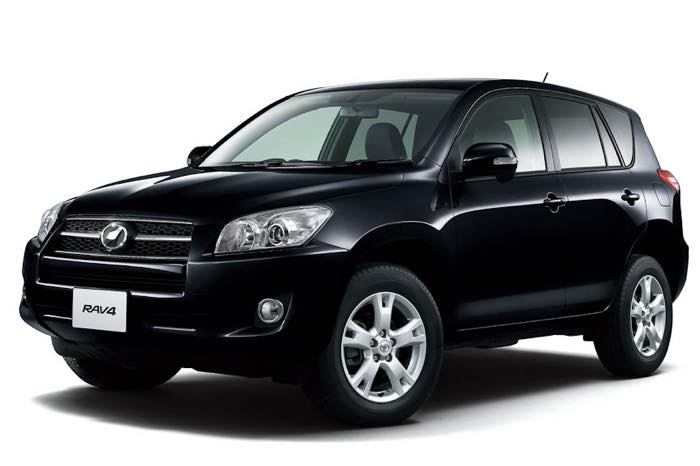
3rd generation RAV4
Full model change in January 2013 (not released in Japan).
Launched in January 2013. It made its world premiere at the Los Angeles Auto Show in November 2012, and was launched in the North American market in January 2013, and in Europe in March of the same year. Sales began in South Korea in 2013. In Japan, the third generation Harrier, which was officially announced on November 13, 2013, has not been released as it was introduced as a sibling car using the platform of the fourth generation RAV4. 2015 Minor changes. Production ended in 2018.
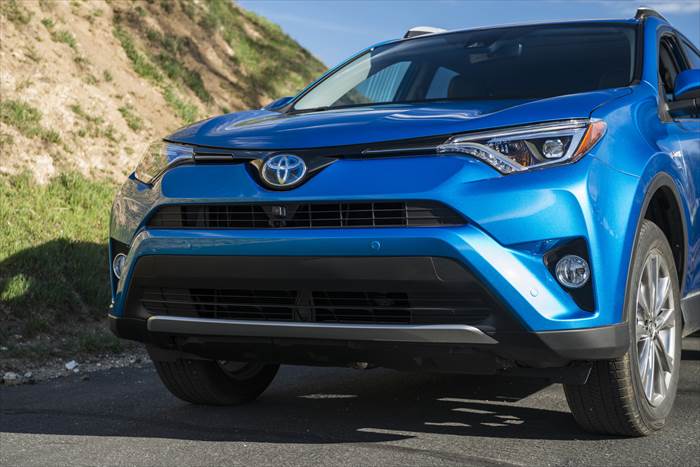
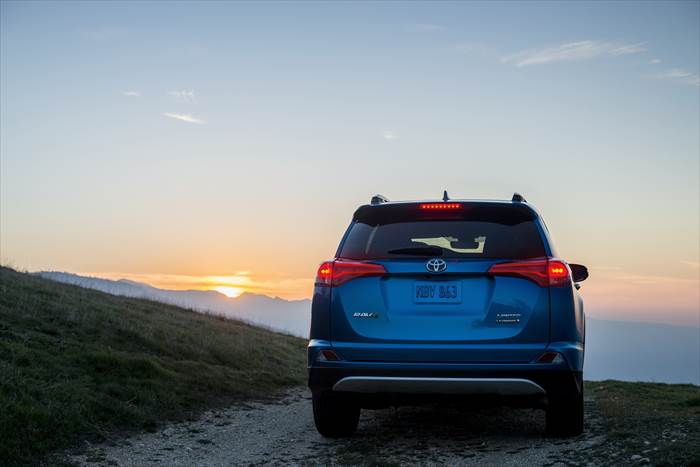

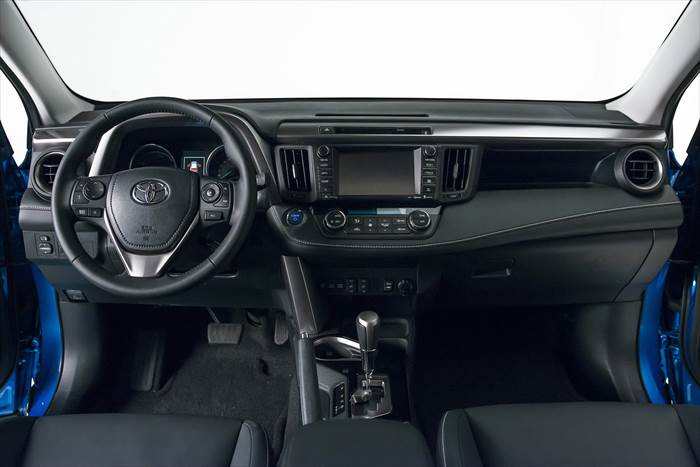
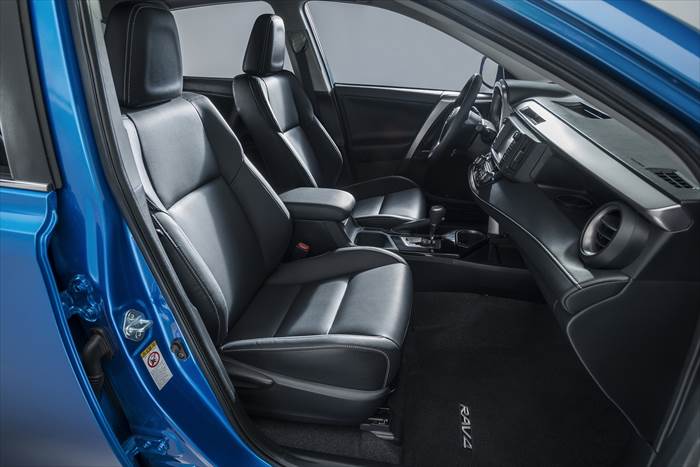
April 10, 2019 Full model change.
On April 10, 2019, the Japanese specification underwent a full model change. On June 8, 2020, the plug-in hybrid model “RAV4 PHV” was released. Partially improved on August 7, 2020. The special edition “Adventure” OFFROAD Package” was released on October 2, 2020.
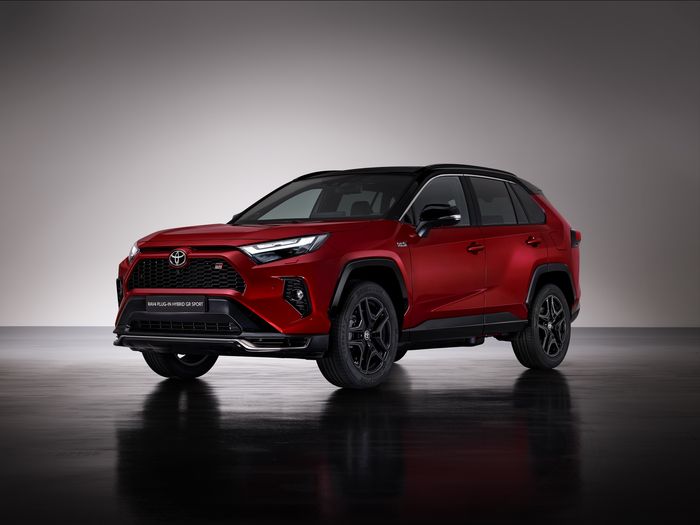
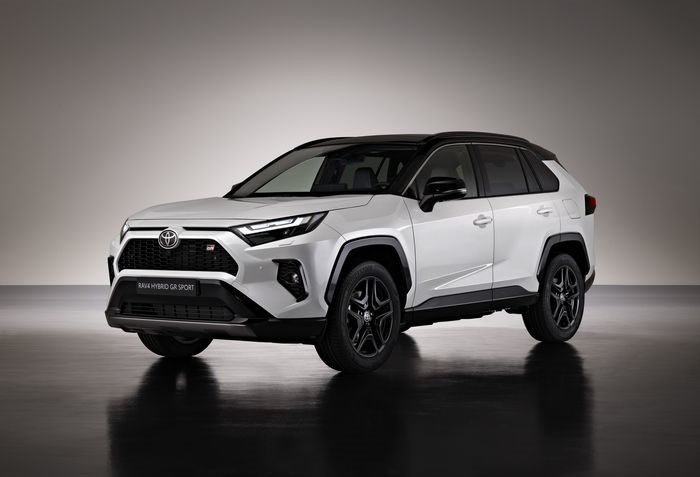
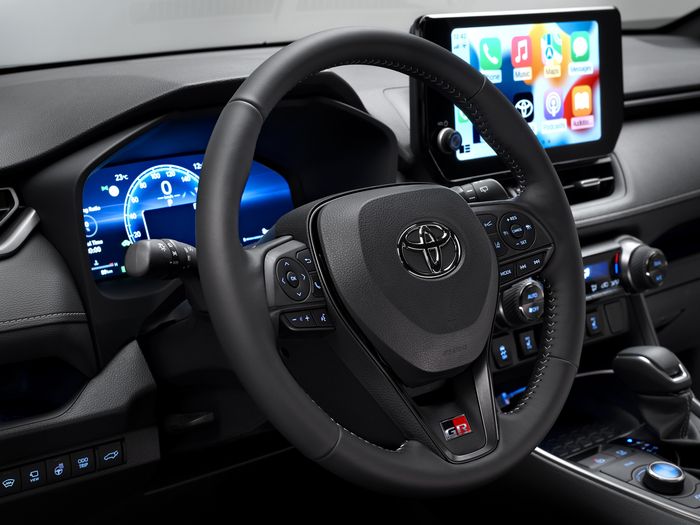
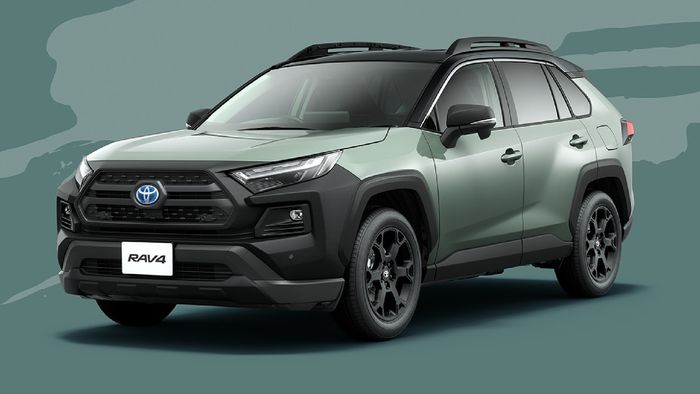
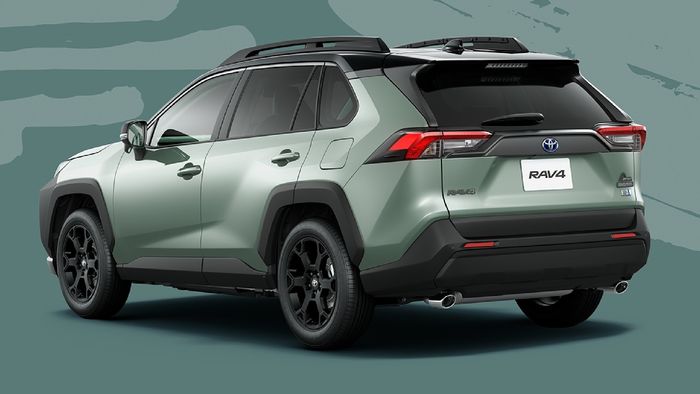
to be decided
It seems likely that 2025 will happen.
Toyota RAV4
Toyota
